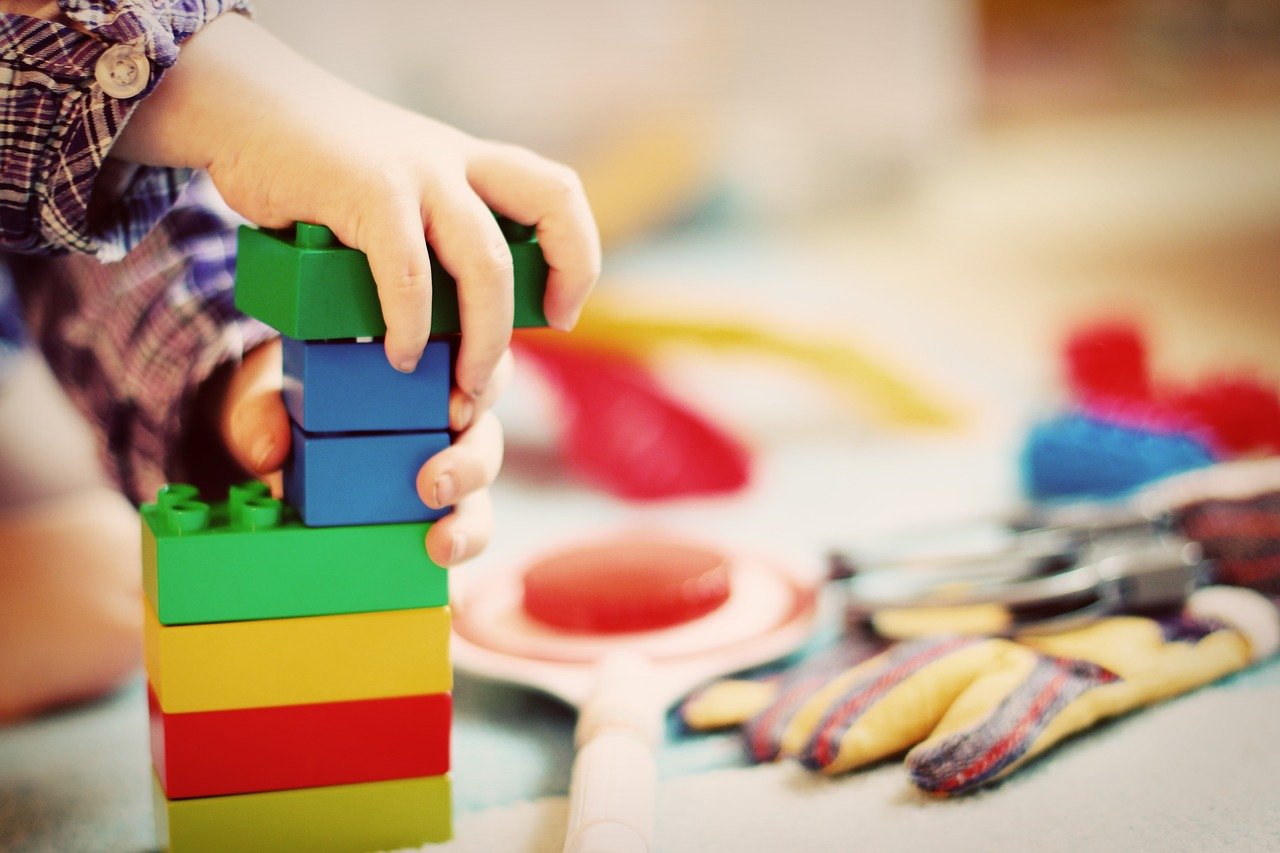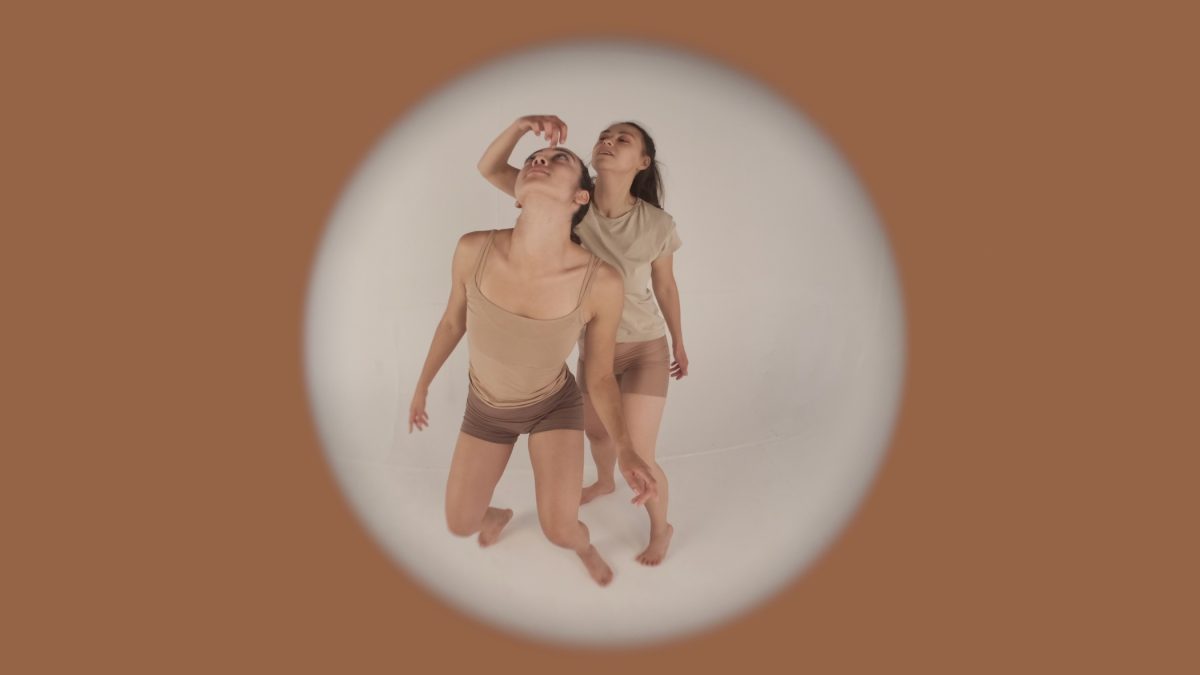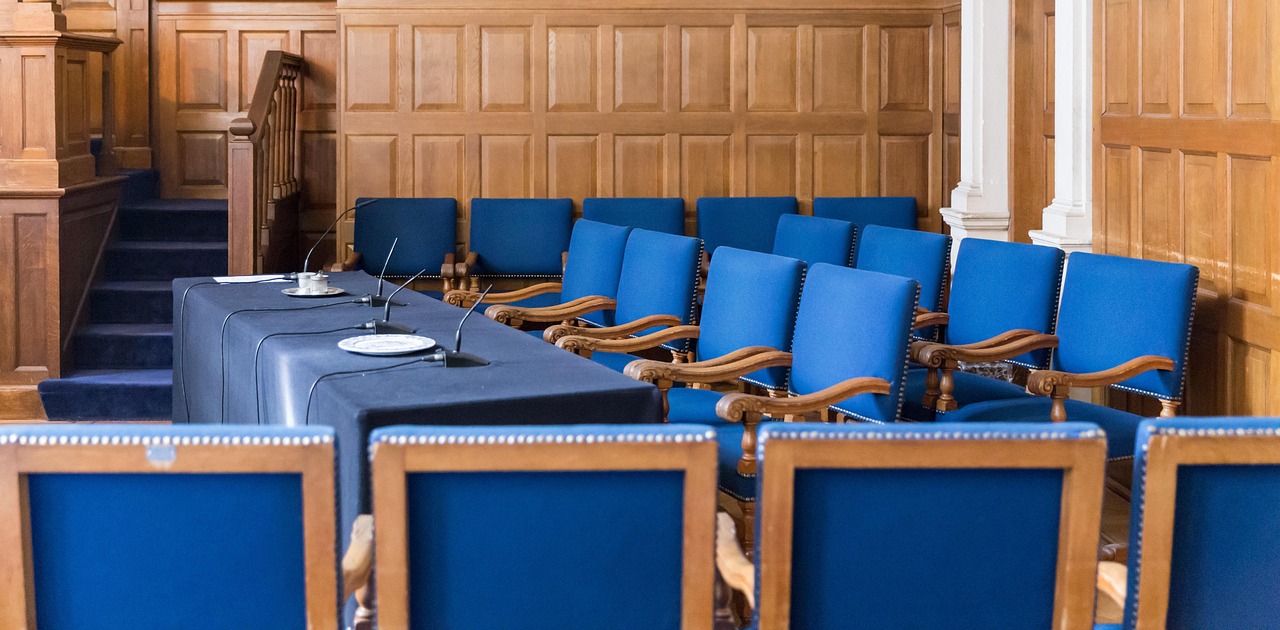A big thank you to @mollymamaadopt for this article all about how her family have been using Theraplay to help build their attachment to their new son.
If you’ve not come across it before, “Theraplay is a child and family therapy for building and enhancing attachment, self-esteem, trust in others, and joyful engagement. It is based on the natural patterns of playful, healthy interaction between parent and child and is personal, physical, and fun. Theraplay interactions focus on four essential qualities found in parent-child relationships: Structure, Engagement, Nurture, and Challenge.” (source: Beacon House )

Theraplay
My husband and I brought our little boy home this year. We have a four-year-old daughter too so play has always been a big part of our family life. When we were being linked with our little man, we learnt about his additional short and long term needs. We quickly understood that Theraplay, not play therapy, would be beneficial for him as he grows up.
Theraplay was introduced to us in our adoption preparation training at our agency. We were invited into the Theraplay room and were met with heaps of balloons, foam obstacles, toys, musical instruments and more. We felt like big kids. And it was amazing.
As prospective adopters, we were guided through Theraplay activities by the social worker and got hands on. One I remember clearly is called the balloon bounce. It was explained as an activity to ground emotions, create control and encourage attachment.
My husband and I sat across from each other and took it in turns to bounce the balloon to each other. My husband directed which part of my body he wanted me to bounce the balloon back with.
We quickly began to become fascinated by Theraplay. As part of our learning journey I explored books, videos and research papers on the benefits for adopted children. We wanted to be prepared for when our little man came home.
Using Theraplay to build attachment
A few weeks after our little man came home, we began to realise that he was avoiding eye contact. Using our research we looked into Theraplay activities to encourage eye contact between parent and child. We tried activities like ‘hide and seek’. I would sit him on my knee and hide his dummy up his top. As he looked at me for help to find it, I guided his hands using my touch to find his dummy. When he found it we celebrated with clapping and cheering. Gradually he began to make more eye contact with us.
A few months ago I became a volunteer for a focus group for Beacon Family Services. It was a Theraplay focus group which met twice. We were presented with a pack of Theraplay cards to use at home. Each day I would let my daughter choose one for us to do.
A favourite was the ‘blow me over’ which was brilliant for regulating emotion. When either of my children are emotionally dysregulated, I use this. After shifting them to a calmer mindset, I ask them to take deep breaths and blow me over as hard as they can. When they blow, I fall back and scream playfully.

Sensory integration
More recently, I’ve been monitoring my son and his sensory integration. I noticed that he struggles to process his emotions when feeling certain senses or when doing certain activities such as brushing his hair, stroking his back and using cotton wool on his face. This would often cause him to become very distressed.
Using the Theraplay cards and our adoption training materials, I found activities that would help him become more comfortable and familiar with touch. This was important so that I was able to soothe him when he’s distressed.
A great example of one of the activities is called the weather map. Our son is preverbal so cannot understand the words I say yet. However, my tone of voice and consistent speaking helped in this activity. I held him on my knee and began talking to him in a soothing voice. On his back I drew the weather – a sun because it was sunny outside. I explained this to him and began to ‘pitter patter’ on his back because it was raining yesterday.
At first, he was uncomfortable with this. But the more we did it, the more he became familiar with the touch. This is an activity I also use on my daughter when she becomes hyper and needs to calm down for bedtime.
Family activities
Although my daughter isn’t adopted and hasn’t experienced any trauma, doing the Theraplay activities with her little brother has been so helpful. It has been a family activity that we all do together and has helped her build a stronger bond with little man. She often asks to use one of the cards with her brother and even suggests that mummy blows her over when she notices I’m feeling stressed – success!
Theraplay is completely adult led. For ambivalently attached children who need control, this can be very difficult but there are activities where control is given through turn taking. It’s commonly used to help attachment, help children process trauma and to handle their emotions. Our little man is very young and there is a common misconception that Theraplay is for older children.
Theraplay can be accessed through the Adoption Support Fund is used a lot of children when they’re older. However, using it early on with our little man has been so beneficial. We do it every couple of days and an activity takes as long as my children want to do it for. It can be ten minutes or half an hour. It’s helped my husband and I build a bond with our son and helped him to feel more comfortable with eye contact. He’s now more welcoming with physical touch for soothing. It can be as simple as using household items for activities and researching them on the internet.
The key is to be playful. Any adopter will know the power of play in helping children heal and handle their trauma, grief and emotions. It’s a tool that shouldn’t be underestimated and one that we have built into our family life and routine as it’s benefitted both of our children.

Click here to read more parenting articles



